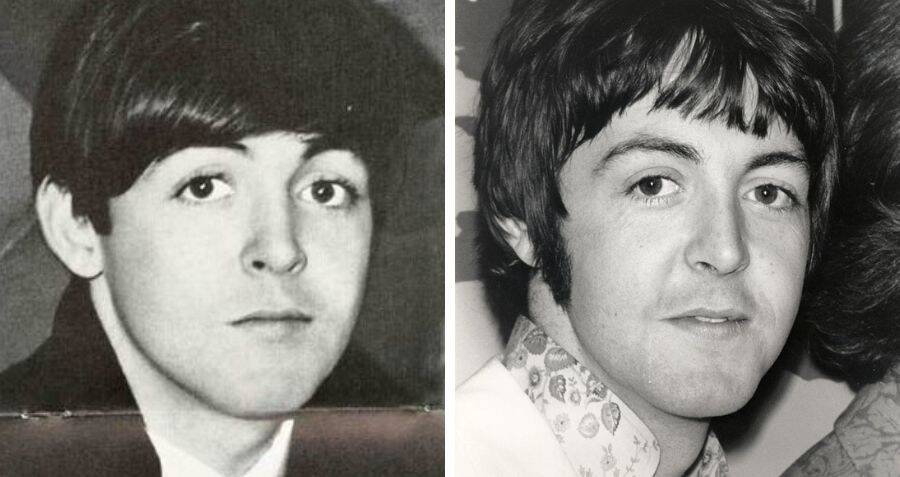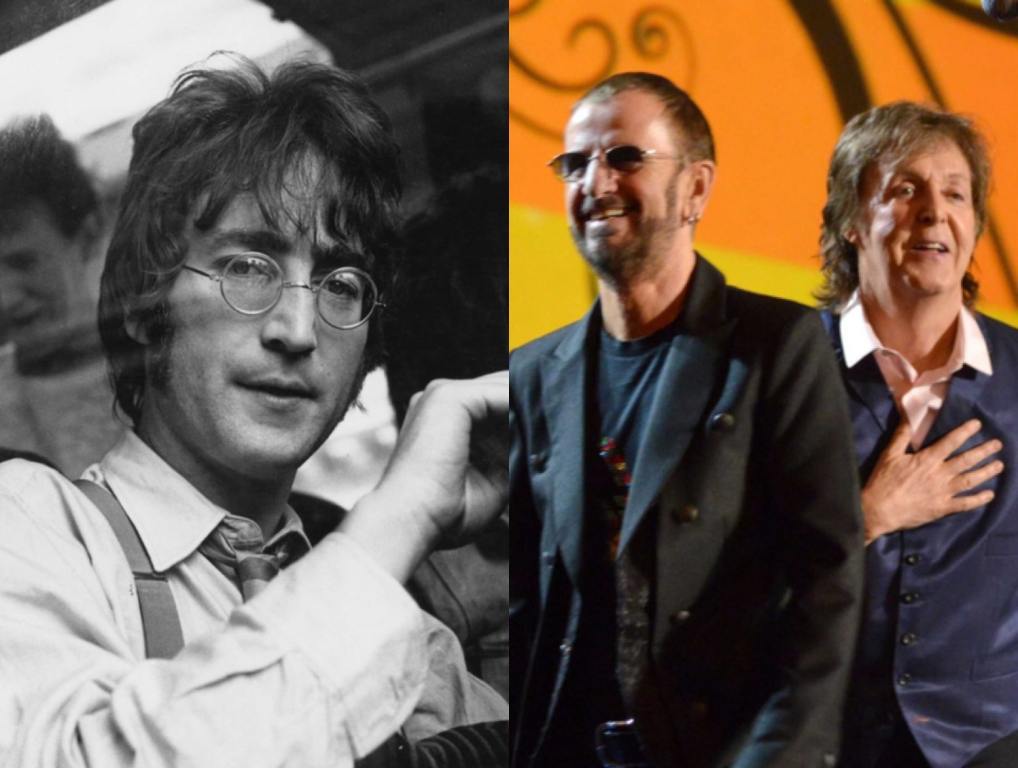

McCartney parodied the hoax with the title and cover art of his 1993 live album, Paul Is Live. During the 1970s, the phenomenon was the subject of analysis in the fields of sociology, psychology and communications. Rumours declined after an interview with McCartney, who had been secluded with his family in Scotland, was published in Life magazine in November 1969. These include the 1968 song " Glass Onion", in which Lennon sings "Here's another clue for you all / The walrus was Paul", and the cover photo of their album Abbey Road, in which McCartney is shown barefoot and walking out of step with his bandmates. Afterwards, the band left messages in their music and album artwork to communicate the truth to their fans. Clue-hunting proved infectious, and within a few weeks had become an international phenomenon.Īccording to the theory, McCartney died in a car crash and to spare the public from grief, the surviving Beatles replaced him with the winner of a McCartney look-alike contest, sometimes identified as "William Campbell", "Billy Shears" or William Shears Campbell.

Proponents based the theory on perceived clues found in Beatles songs and album covers. The rumour began circulating around 1967, but grew in popularity after being reported on American college campuses in late 1969. " Paul is dead" is an urban legend and conspiracy theory alleging that English musician Paul McCartney of the Beatles died on 9 November 1966 and was secretly replaced by a look-alike.


 0 kommentar(er)
0 kommentar(er)
